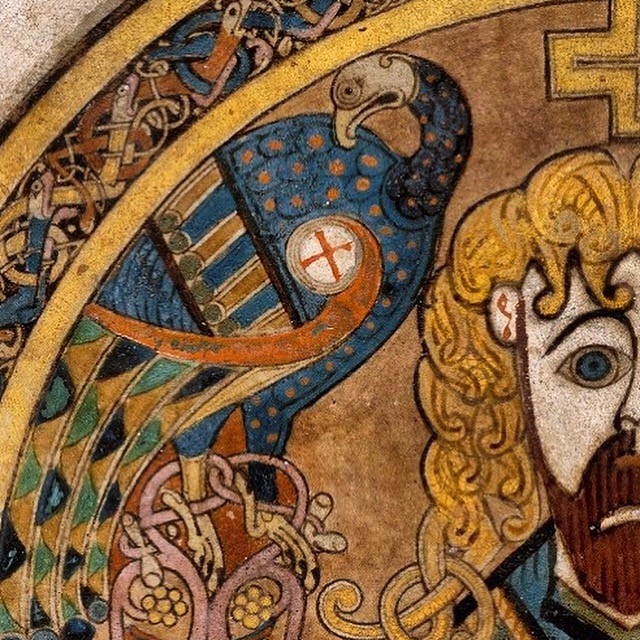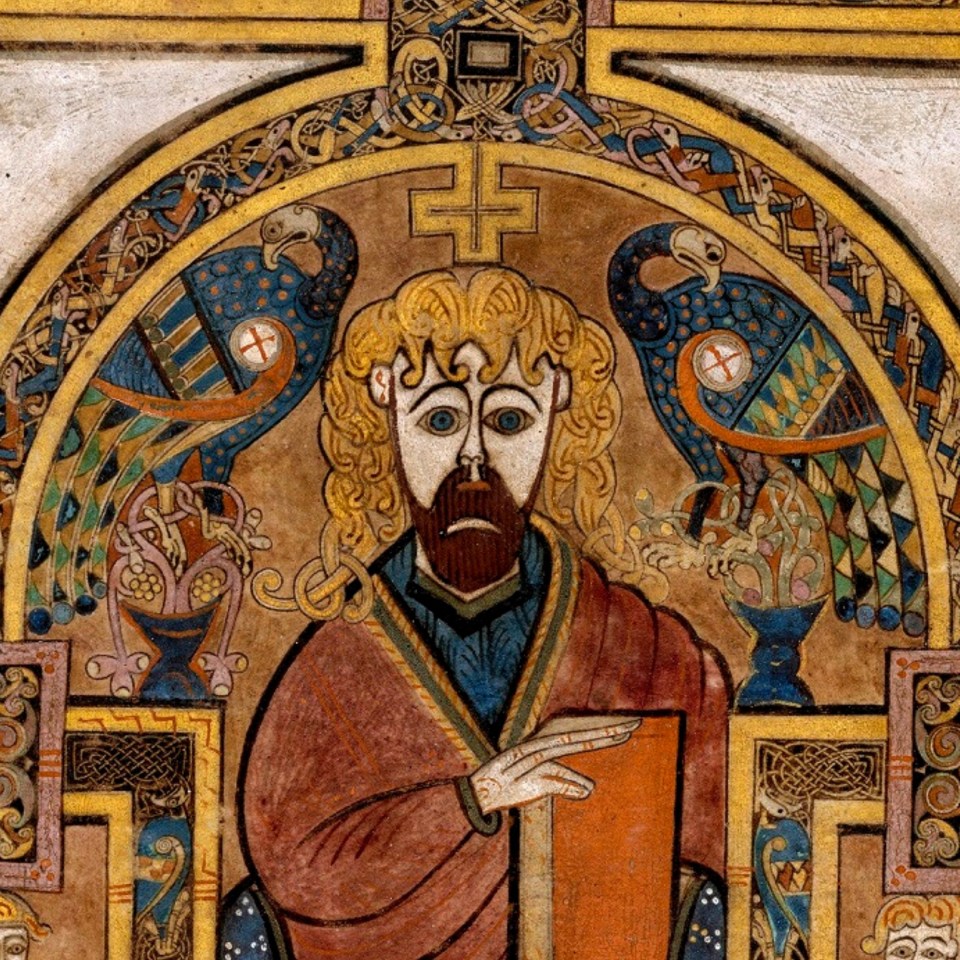This year, the Book of Kells Creative Competition invites contestants to share art and writing that evoke the beautiful colours featured in the Book of Kells, the 9th century masterpiece renowned for its rich, colourful symbolism. Let’s learn more about the animal symbolism behind the famous book: The Book of Kells, housed in the Old Library […]
from Animal symbolism in the Book of Kells
Animal symbolism in the Book of Kells








